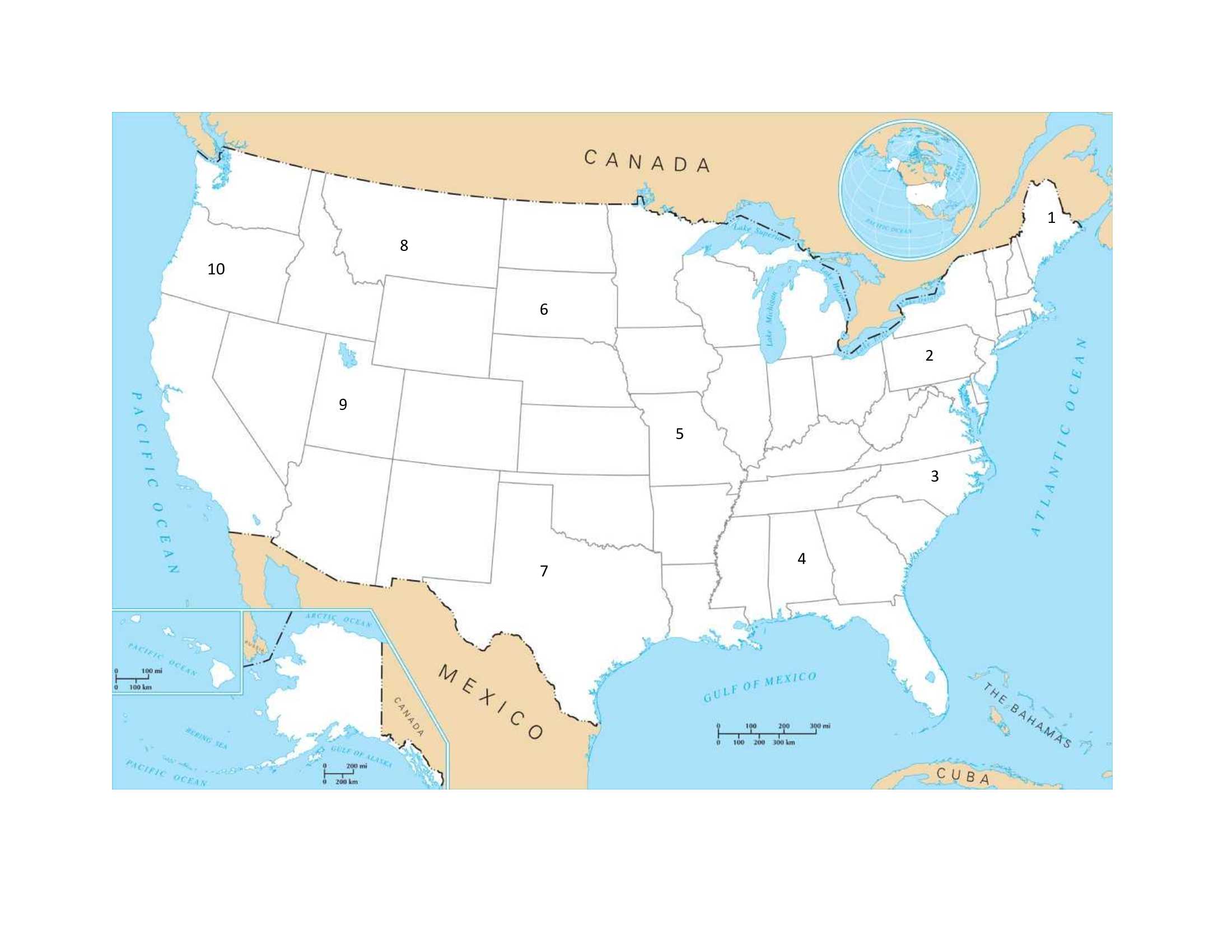
State Nicknames With a Twist Trivia Quiz
Look at the map and find the numbers. Your first task is to decide which U.S. state is represented by each number. But wait! There's a twist! Identify the state using its nickname. Good luck!
A label quiz
by ponycargirl.
Estimated time: 3 mins.
